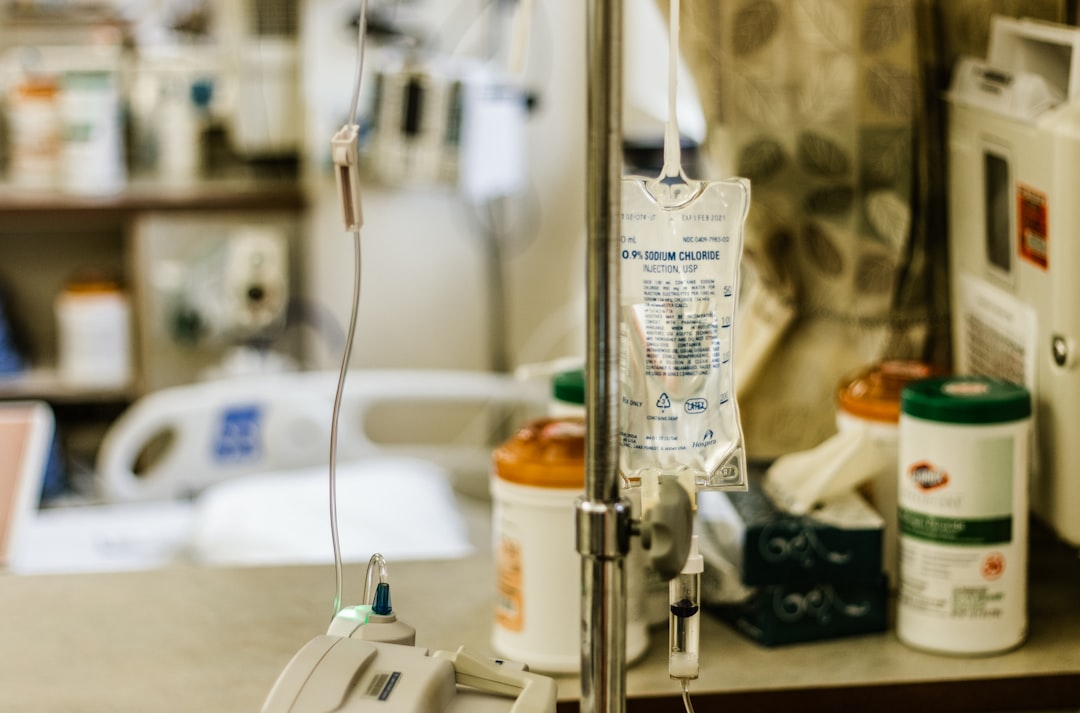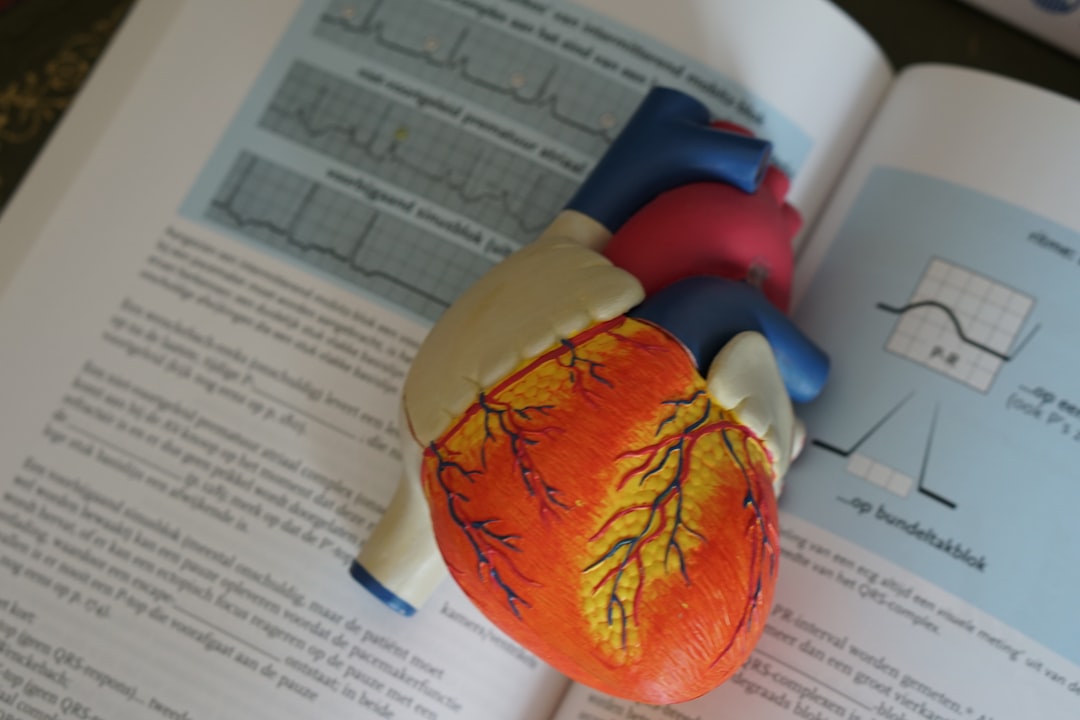What is it about?
The generation interval of a disease (the time between becoming infected and transmitting infection to someone else) is a key quantity in forecasting how disease outbreaks will spread, and in planning control measures. This study investigates the intrinsic factors which change generation intervals over the course of an outbreak, and explores how these "observed" generation intervals relate to the "intrinsic" generation interval that are used in forecasts. The study also shows how failing to account for these intrinsic factors could lead to inaccurate forecasts, and thus potentially to sub-optimal public-health decisions.
Featured Image
Why is it important?
The study shows how failing to account for these intrinsic factors could lead to inaccurate forecasts, and thus potentially to sub-optimal public-health decisions.
Read the Original
This page is a summary of: Intrinsic and realized generation intervals in infectious-disease transmission, Proceedings of the Royal Society B Biological Sciences, December 2015, Royal Society Publishing,
DOI: 10.1098/rspb.2015.2026.
You can read the full text:
Contributors
The following have contributed to this page










